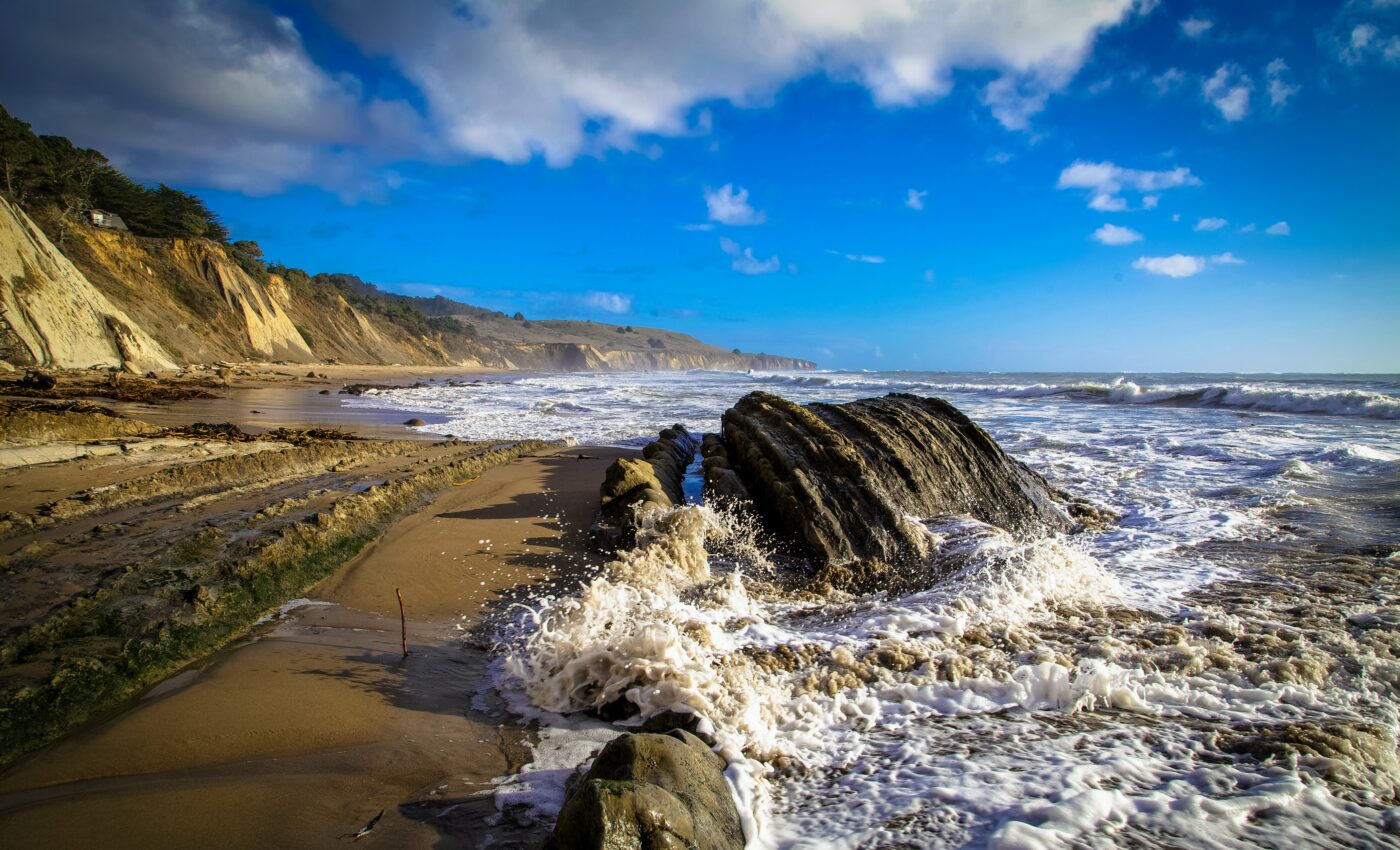
US agency plans to drop poison in a marine sanctuary
A virtual hearing will take place on December 16 where the California Coastal Commission will decide whether or not to allow the US Fish & Wildlife Service to poison Southeast Farallon Island. The island is part of the Greater Farallones National Marine Sanctuary.
The US Fish & Wildlife Service (USFWS) is proposing a plan to distribute 1.5 tons of cereal bait laced with a powerful poison by helicopter on the island in an attempt to eradicate house mice. Unfortunately “non-target” animals will also be killed if the plan is carried out.
The USFWS estimates that as many as 1,050 Western Gulls could suffer poisoning under the plan. The agency claims that this amount of casualty would still allow recovery of the gulls within a couple of decades, but previous USFWS estimates suggest as many as 3,000 gulls could be killed.
“The proposed poison drop would wreak havoc on the delicate Farallon Island ecosystem,” said Lisa Levinson, campaigns director of In Defense of Animals. “Scientific data indicates that Brodifacoum could remain in crabs and even the smallest living creatures. This deadly poison would become part of the food web, killing exponentially more animals than it could possibly save. We urge the California Coastal Commission to choose contraception over killing for the health and well-being of all Farallones animal residents.”
Indeed, brodifacoum is an anticoagulant poison that can spread through a food web, accumulating in greater concentrations in predators, it impacts mammals, birds and other animals. The poison also has a history of up to 38% failure rate in eradication efforts on other islands. Richard Charter of the The Ocean Foundation encouraged citizens to speak out against this plan.
“This is a unique chance for the public to speak for protection of their coast and its wildlife,” said Charter. “I am confident that those who care about our coast will take this convenient opportunity to weigh in on the inappropriateness of this dangerous anticoagulant poison being so casually spread around such a sensitive place.”
—By Zach Fitzner, Earth.com Staff Writer













